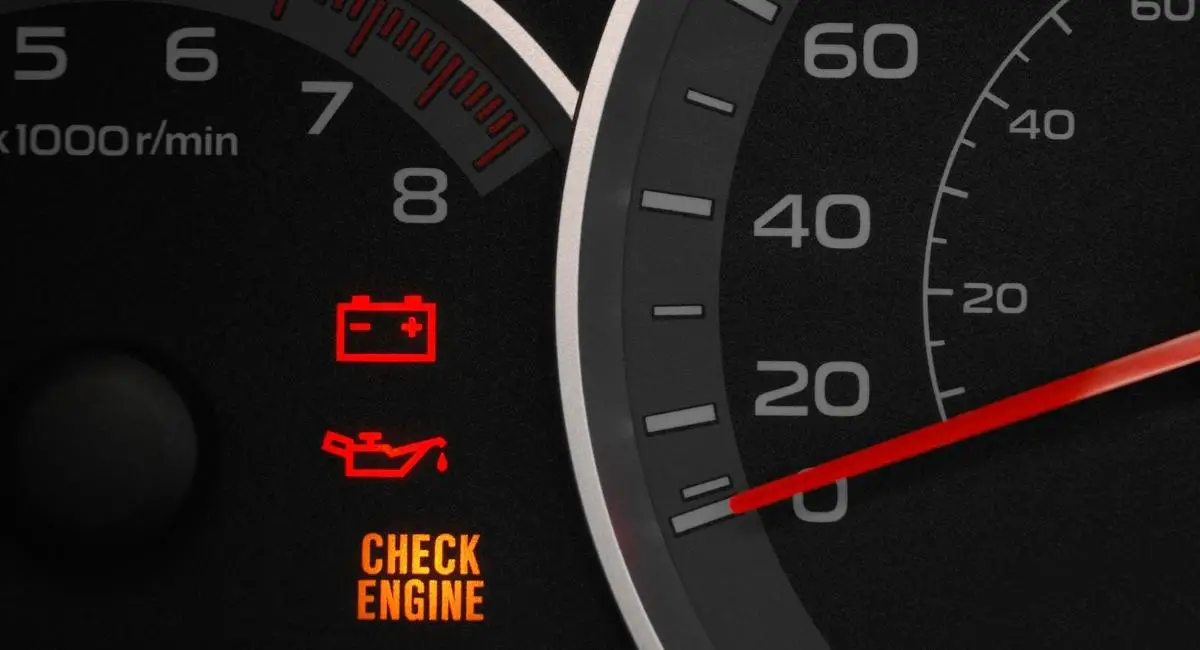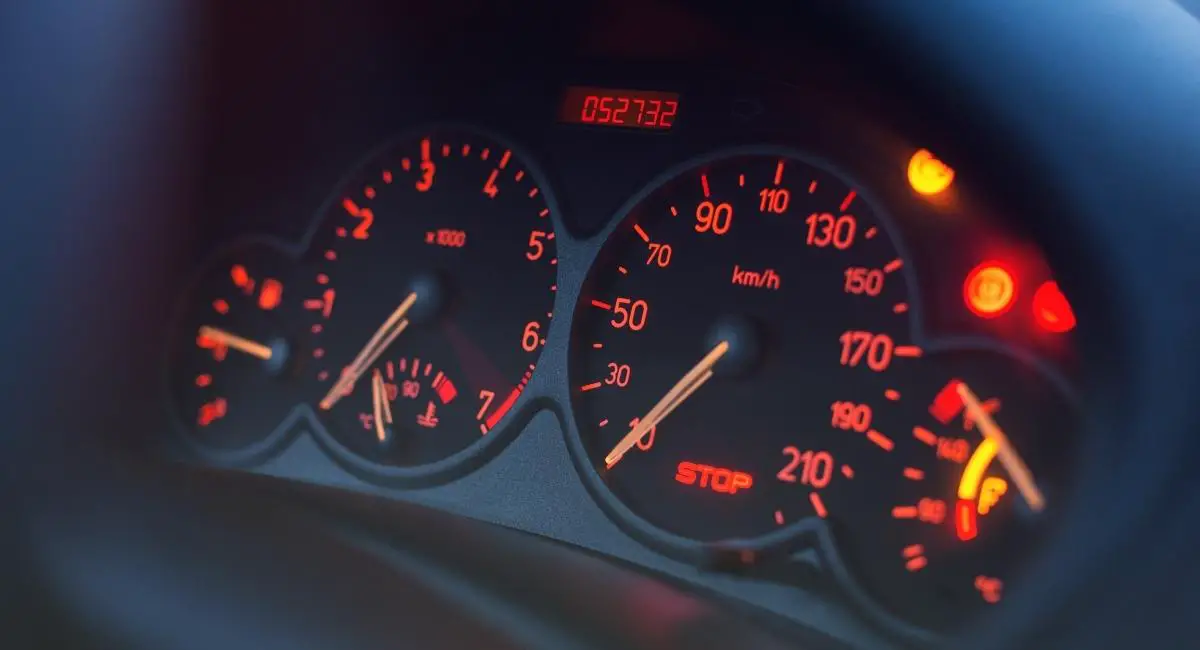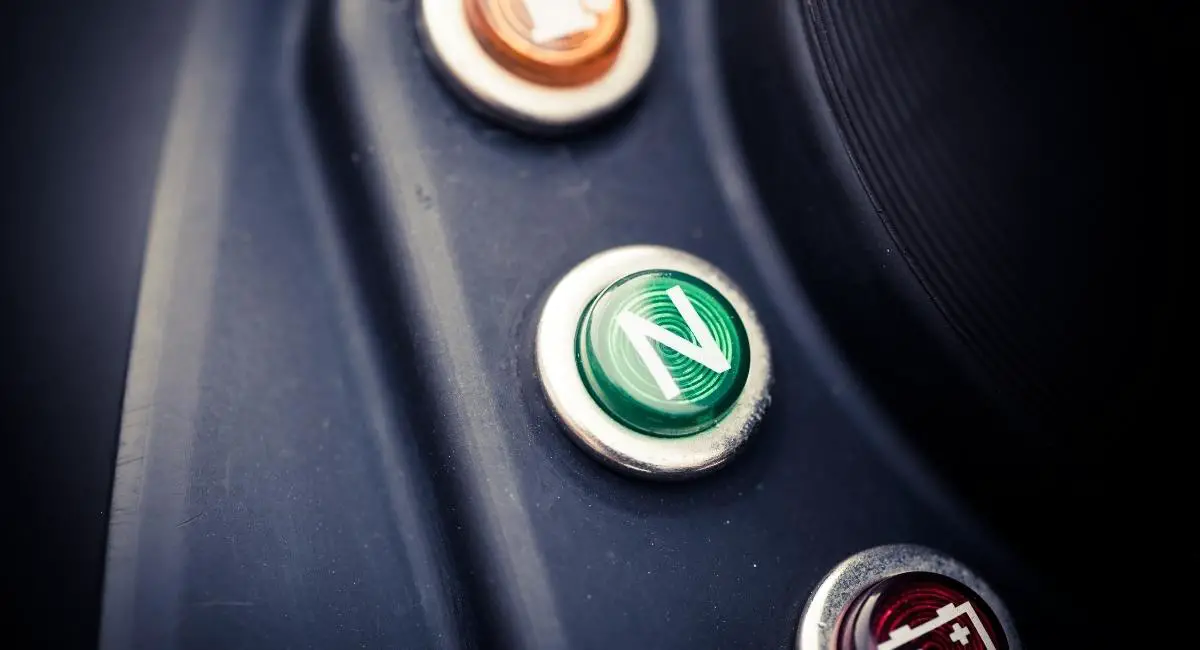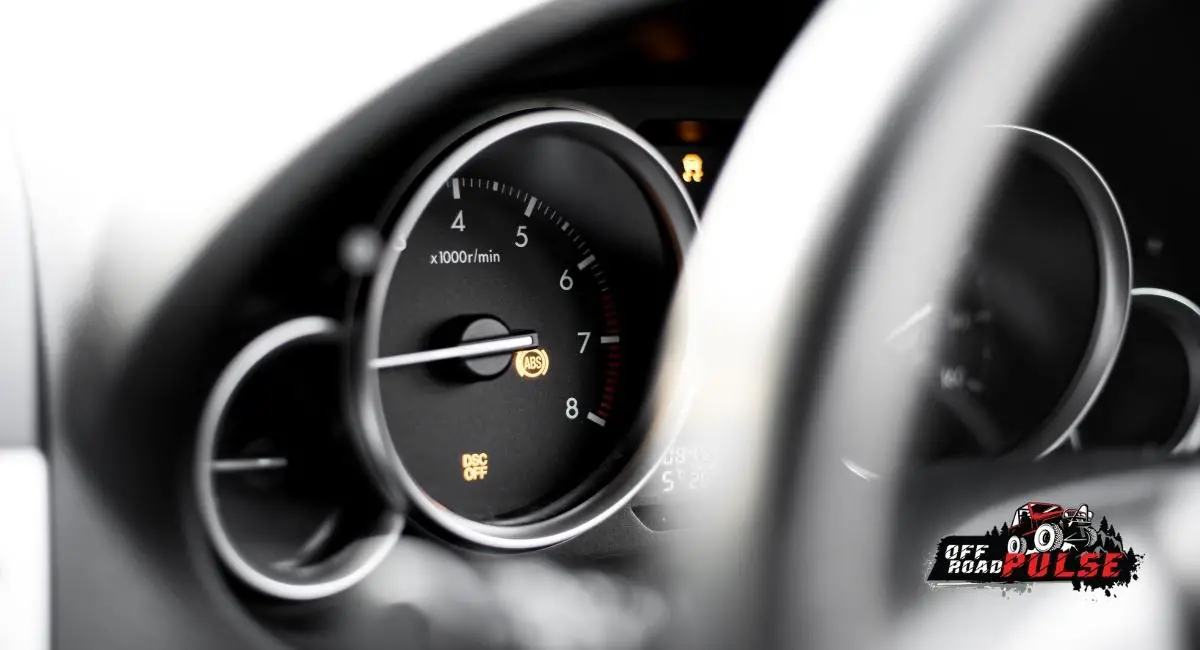If you’re not a car expert, it can get pretty confusing when your jeep suddenly shuts/slow down or starts responding abnormally for no obvious reason. One of the most common problems that Jeep owners face is the car entering limp mode.
Limp home mode or simply limp mode is an automated safety feature that is designed to protect your car from any damage as a result of a sudden mechanical problem. When your car enters into limp mode, it is critical to understand how or why it happens and what you can do to fix the underlying issues.
In this article, we’ll provide you with all the information you need to know about the limp mode and provide tips on how to disable limp mode permanently. Stay tuned!

What causes a Jeep to enter into a limp mode?
There are many reasons why your Jeep can go into limp mode, but the most common ones are transmission issues and engine failure. On such occasions, the limp mode gets activated to let you know of the impending danger. Some of the reasons that can make your car enter into the limp mode include;
- Faulty transmission wiring
- Defective engine boost control
- Broken engine wiring
- Weak engine components
- Malfunctioning engine sensors
- Problems with the braking system
- Insufficient fluid level
Generally, once your car experiences a mechanical failure of any nature, the control unit is designed to detect and activate the limp mode automatically. Ideally, some warning lights, usually a check engine light, will appear on the dashboard as a sign that your car has entered into limp mode.
Once your Jeep enters the limp mode, some car features such as car stereo and air conditioner might stop operating completely. The limp mode might also cause your car’s speed to reduce significantly. The idea behind this is to allow you to tow your car to safety or a mechanic shop to help fix the underlying problem.
How to bypass limp mode in a Jeep
As we have mentioned above, some of the main reasons that can make your Jeep enter into the limp mode include a faulty engine and a range of transmission issues. Once the limp mode is activated your first step should be to pull your car out of harm’s way and get a mechanic to inspect it as soon as possible.
Apart from the check engine light, the limp mode is often accompanied by other symptoms such as;-
- General under performance- The limp mode is often associated with decreased engine power and poor transmission. When this happens, acceleration is also going to reduce, and this going to affect the general performance of your car.
- Limited speed- When your Jeep goes into limp mode, it limits the overall RPM, thereby reducing your speed up to 48 km/h or even lower. With such a speed level, you may want to take the next available exit, especially when driving on a busy highway.
- Limited functions- As we have already stated, the limp mode interferes with the normal functioning of your car, including the speed. Other than the speed, it can also make your gearbox shift downwards. This interaction might make it impossible to shift your gears completely, and once this happens, you can be sure that your car has entered into limp mode.
To bypass the limp mode, you may want to ensure that the engine fluids are topped up on a regular basis. Ideally, failure to refill the engine fluid is one of the culprits that can make you’re your Jeep activate the limp mode. Furthermore, a low fluid level can make the engine and the transmission system suffer irreversible damages.
You may also want to inspect your vehicle for any faulty wiring. There are many factors that can contribute to damaged wiring, including damp conditions, battery acid, excessive heat, as well as damages arising as result of an accident or careless driving.
The wiring plays a critical role in transmitting signals from one part of the vehicle to another. If the wiring is damaged, it will interfere with the normal functioning of the vehicle. As such, it is always a good idea to ensure that the wiring remains in tip-top condition.
Another measure you can undertake to prevent your car from going into limp mode is to service the transmission system regularly. Besides, the transmission or the engine can become loose as a result of excess vibrations, making your car activate limp mode.
You may also want to ensure that the sensors that control your engine and the transmission system at large are functioning as required. If one or all the sensors are compromised, they will send inaccurate signals to your control unit, thereby activating the limp mode.

How to disable limp mode
In order to disable the limp mode in a jeep, you’ll need to learn how to reset the limp mode. Driving with the limp mode on can be extremely dangerous, so it is always advisable to establish the root cause of the problem as soon as possible.
The best way to disable the limp mode is to diagnose the exact cause behind the problem. If you are an expert in cars you can inspect the car on your own or take it to a professional. If the car is totally immobile or the service center is miles away, you can always request the mechanic to come to your location instead.
As you wait for help to arrive, you can try and turn off the engine and see if it will reset the limp mode on itself. Turning off the engine is an effective way of allowing the control unit to reboot while allowing the engine to cool off. In addition, you can also make use of this time to check for other issues such as the fluid level, engine overheating, and any other issue that you suspect may be behind the limp mode.
Read Also: Jeep Radio Not Working (Causes & Solutions For Each Model)
Parting Shot!
Trying to disable the limp mode can be extremely frustrating and time-consuming. However, there are valid reasons that make your car enter limp mode, and ignoring it can make accrue huge repair costs, but the worst possible outcome is that it can leave your Jeep with irreversible damages or lead to fatal accidents. In addition, the limp mode is a great way of protecting the engine and the transmission system from a potential breakdown. If you’re not in a position to pinpoint the exact nature of the problem, you can always a consult a professional mechanic before your car gets into more complex issues.




![How to Keep Mud from Sticking to UTV [Proper Guide] How to Keep Mud from Sticking to UTV](https://offroadpulse.com/wp-content/uploads/2022/09/Problem-with-Mud-for-utv.jpg)